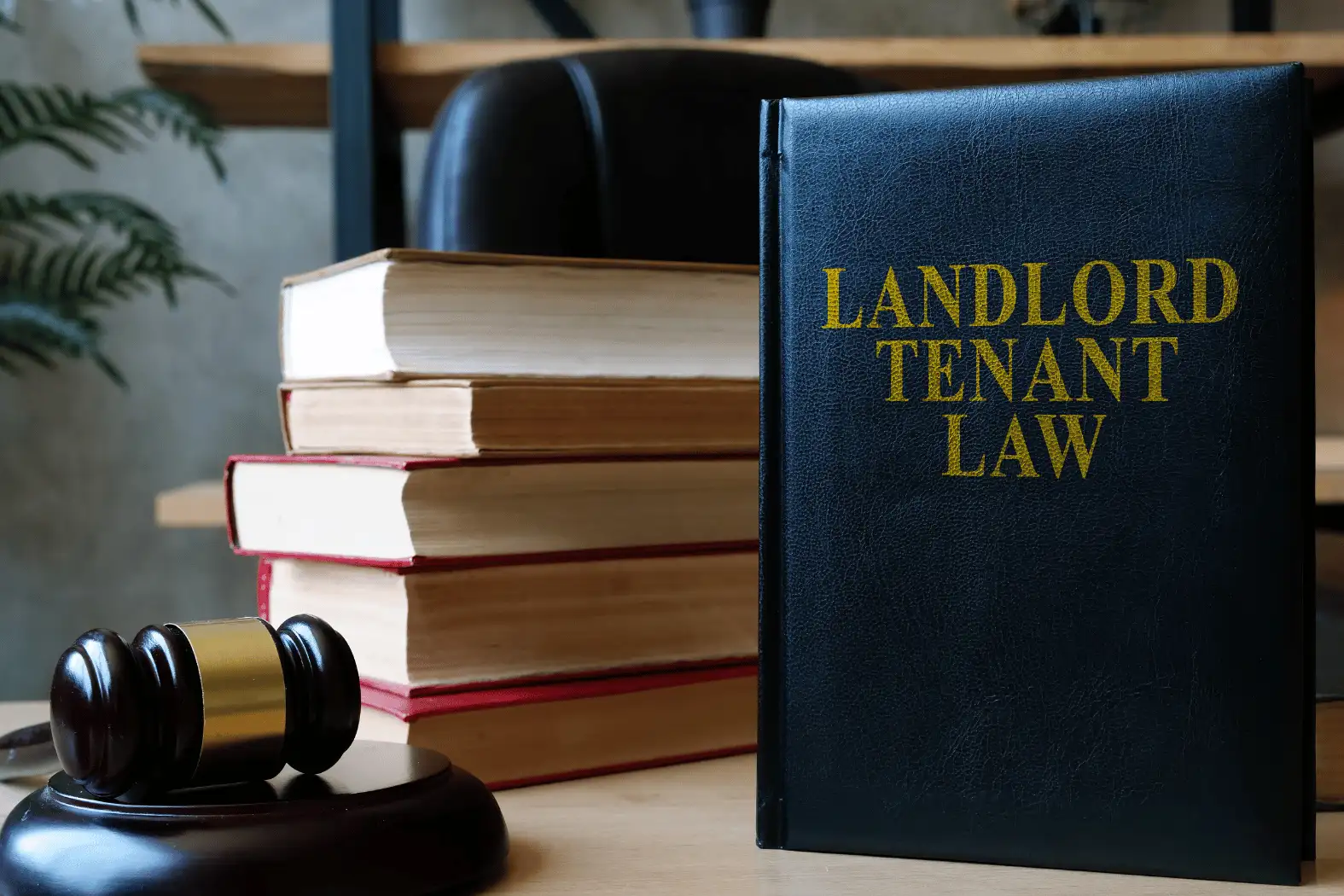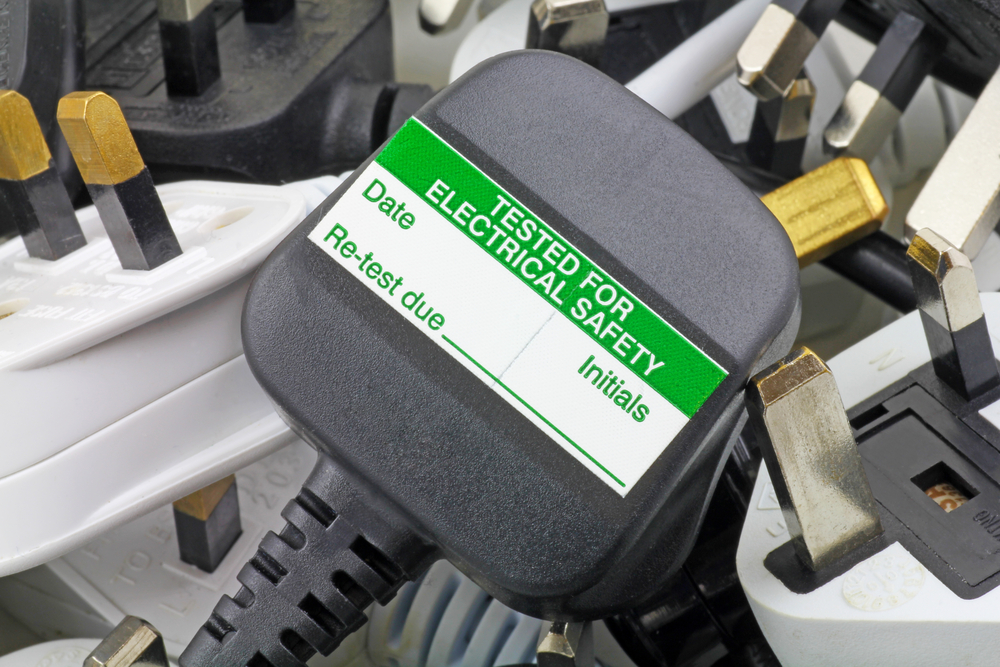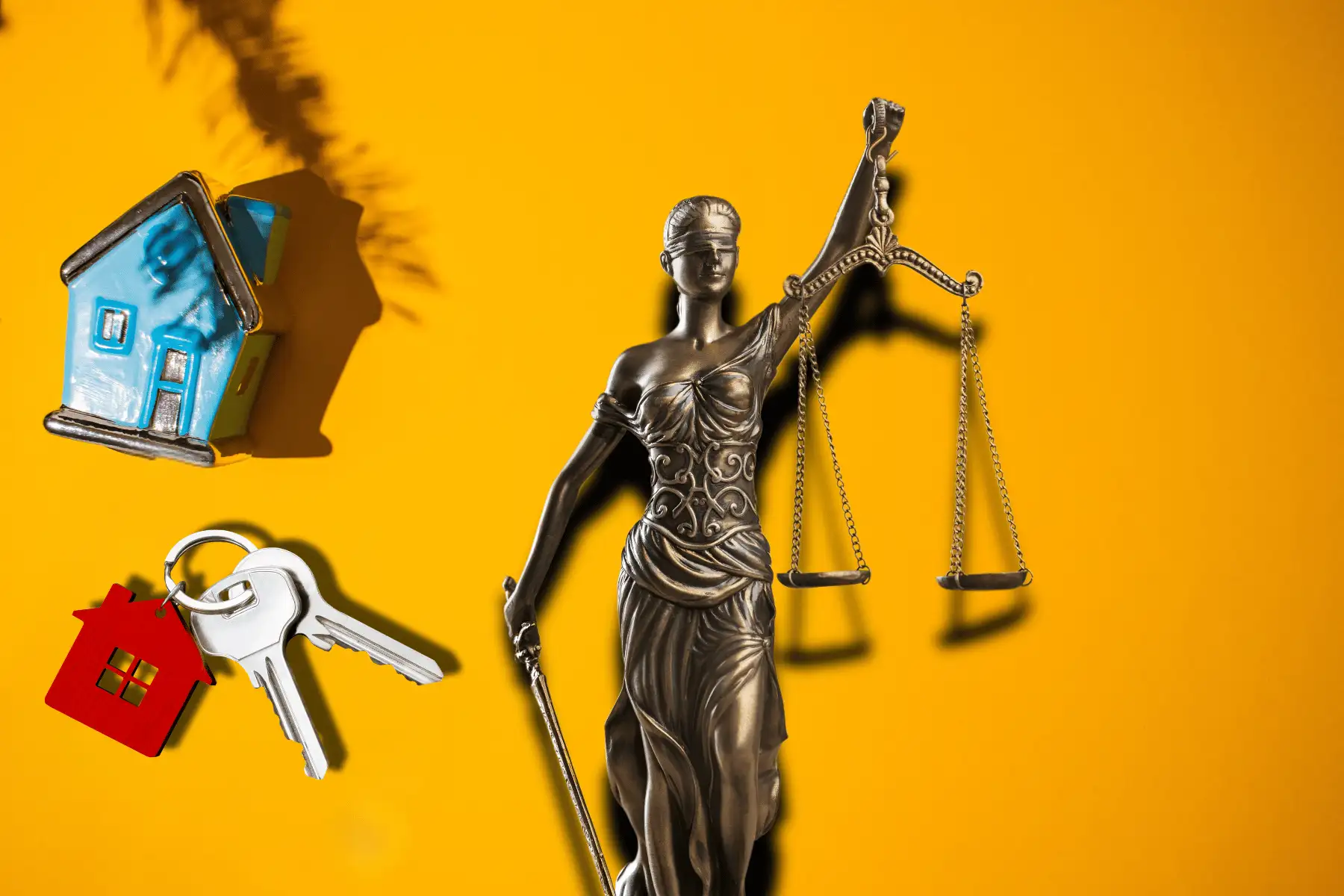The Landlord and Tenant Act 1985 is one of the foundational pieces of legislation in the UK housing sector. Though passed decades ago, it remains highly relevant in 2025, especially with the evolving rental market and the growing need for landlord accountability and tenant protection. Whether you’re a seasoned landlord, a first-time tenant, or a property manager, understanding this Act is essential to ensuring a fair, legal, and well-maintained tenancy.
In this guide, we’ll break down the key provisions of the Act, what responsibilities landlords must uphold, what rights tenants are entitled to, and how the law can support both parties when disputes arise.

What Is the Landlord and Tenant Act 1985?
The Landlord and Tenant Act 1985 was enacted to outline clear responsibilities and rights in rental agreements. It applies to most residential tenancies in England and Wales, particularly those under assured and assured shorthold tenancy agreements.
What does the Landlord and Tenant Act cover?
The Act covers four main aspects:
- Landlord obligations for repairs, also known as Section 11.
- Tenant rights to safe, habitable housing.
- Rules for service charges and transparency.
- Minimum standards for health and safety.
To understand these criteria further, we first need to know why the Landlord and Tenant Act was necessary. Then, we will uncover these four aspects in more detail below.
Why was the Landlord and Tenant Act introduced?
The 1985 Act was introduced in Parliament as a response to the former complicated and limited legislation controlling rental agreements. This vital piece of legislation aimed to unify and streamline various components of landlord and tenant law, providing a clearer, more comprehensive framework. By doing so, it sought to ensure that both landlords and tenants understand their rights and responsibilities within a tenancy agreement, ultimately promoting fairness and clarity in rental relationships for all parties.
Its goal is to create a balanced legal framework that promotes safe, fair, and transparent rental practices. Although some provisions have been amended or complemented by later laws like the Homes (Fitness for Human Habitation) Act 2018, the 1985 Act remains central to property law in the UK.
Section 11: Landlord Responsibilities for Repairs explained
Section 11 is perhaps the most referenced part of the Act. It imposes a statutory duty on landlords to maintain their rental properties in a good state of repair.
What Landlords Must Repair:
- Internal structure: walls, ceilings, doors, windows, staircases
- External structure: roof, gutters, drains
- Installations: plumbing, gas, electricity, heating, and sanitation facilities
What are the timeframes for repairs under the Landlords and Tenants Act?
Once notified by the tenant, landlords must act within a “reasonable time.” What counts as “reasonable” can vary depending on the severity of the issue. For example, a broken boiler in the middle of winter may require same-day attention; however, this is less critical in summer if the tenant still has access to hot water.
Another example: if a tenant reports a leaking roof during a storm, the landlord is expected to arrange a temporary fix immediately and a permanent repair shortly after—because the weather conditions make an immediate fix impossible.
What are a tenant’s rights under the Landlord and Tenant Act?
Under the 1985 Act, tenants are not without protections and have rights to a safe, non-invasive, habitable property with a transparent landlord. To cover this further, let us outline The Landlord and Tenant Act 1985 key rights for tenants further:

Tenants’ Right to Safe and Habitable Housing
Your home must be structurally sound, free from significant hazards, and offer basic working utilities. If it isn’t, tenants have the right to request repairs.
Tenants’ Right to Quiet Enjoyment
This legal term means landlords must respect the tenant’s right to live in the property without unnecessary interference. Any access for repairs, inspections, or otherwise must come with at least 24 hours’ written notice unless there is an emergency.
Tenants’ Right to Report Disrepair
Tenants can report issues without fear of eviction or retaliation. In fact, evicting a tenant for requesting repairs may constitute retaliatory eviction.
Tenants’ Right to Withhold Rent
In some extreme situations, such as persistent non-repair of your essential services, tenants may legally withhold rent—but you should always seek legal advice before doing so.
Service Charges and Transparency: Sections 18 – 30 Of The Landlord and Tenant Act
Sections 18 to 30 of the Landlord and Tenant Act regulate service charges, including those payable by tenants and those that are the landlord’s responsibility. These sections mostly apply to leaseholders, who own properties in apartment blocks, but they also affect other rental agreements. They outline and regulate liability, consultation, and responsibility.
What the Law says about Sections 18 to 30 in The Landlord and Tenant Act 1985:
Broadly speaking, sections 18 to 30 define legal protections and procedures for tenants and landlords surrounding service charges, maintenance and repairs and include:
- Tenants can inspect documents like receipts and invoices.
- Charges must be reasonable.
- Tenants are entitled to a summary of costs.
- An 18-month recovery limit for leaseholders (section 27)
- A landlord must consult with their tenants before any cost is incurred.
Section 18 of the Landlord and Tenant Act
While Section 18 of the 1927 Landlord and Tenant Act defined dilapidation, service charges, and what a landlord could reclaim from their tenant at the end of a lease, the 1985 Act focused on leaseholders more than tenants. Section 18 of the 1985 Act defines a service charge in addition to the rent, but mostly, it outlines the relevant and responsible costs and procedures for leaseholders and their landlords rather than tenants.
Sections 19-25 of the Landlord and Tenant Act
Sections 19 to 25 address further responsibilities and limitations on service charges and their recovery. For instance, Section 25 states that it is an offence for landlords not to perform the outlined services in Sections 21 to 23 without a reasonable excuse. Although let’s delve deeper into Section 20, which mostly offers clarity for leaseholders:
Section 20 Of The Landlord and Tenant Act: Leaseholder Service Charges For Major Works
Section 20 of the Act sets controls for landlords, leaseholders and tenants for major works over a set threshold. It protects leaseholders and tenants from unfair or excessive charges. It outlines that landlords must consult the leaseholder, so that they can advise their tenants. Failure to do so can lead to caps on how much a landlord may recover. For example, a landlord fails to consult before a £20,000 roof renovation. As a result, the leaseholder challenges the charge at a tribunal and gets it significantly reduced. Broadly speaking, tenants and leaseholders can dispute unknown or unreasonable service charges.
Sections 26-30 of the Landlord and Tenant Act
Sections 26 to 30 delve into the landlord’s responsibility to provide reasonable service charge breakdowns and transparency about all costs and maintenance. They also set rules for both landlord and tenant oppositions to lease renewals. Section 30 details specific grounds where a landlord can oppose their tenant’s lease renewal and further explains the definitions of a “landlord,” a “tenant,” and the “services”.
Health, Safety and Fitness For Human Habitation: Section 9 Of the 1985 Act
Section 9A of the 1985 Landlord and Tenant Act, as amended by the Homes (Fitness for Human Habitation)Act 2018, legally requires landlords to ensure their properties are fit for human habitation at the beginning and throughout the tenancy.
What This Covers:
- Damp and mould
- Poor ventilation
- Unsafe gas or electric installations
- Lack of heating or hot water
- Fire hazards or structural instability
Regular inspections, gas safety checks (annually), and EICRs (Electrical Installation Condition Reports, every 5 years) are now legal requirements for landlords.
Landlord Vs Tenant Responsibilities
Understanding the division of responsibilities between landlords and tenants is crucial for avoiding disputes and maintaining a healthy rental relationship. The table below highlights common areas of responsibility and clarifies who is typically accountable:
| Issue | Landlord Responsible? | Tenant Responsible? | Notes |
| Roof Repair | ✅ | ❌ | Must be structurally sound and weatherproof; landlord must act promptly to prevent further damage. |
| Light Bulbs | ❌ | ✅ | Tenants are generally expected to replace bulbs as part of basic household maintenance. |
| Boiler Breakdown | ✅ | ❌ | Landlords must ensure hot water and heating are functional. Repairs should be done within a reasonable timeframe. |
| Accidental Damage | ❌ | ✅ | Tenants are liable for damage they cause, whether intentional or accidental (e.g., breaking a window while moving furniture). |
| Garden Maintenance | ❌ | ✅ | Tenants are usually responsible for keeping outdoor areas tidy unless otherwise stated in the tenancy agreement. |
| Smoke Alarm Batteries | ❌ | ✅ | Tenants should replace batteries during the tenancy. Landlords are responsible for installing and testing alarms at the start. |
| Structural Repairs | ✅ | ❌ | Includes walls, foundation, and ceilings, which are legally the landlord’s duty to maintain. |
| Blocked Drains | ✅/❌ | ✅/❌ | It must be structurally sound and weatherproof; the landlord must act promptly to prevent further damage. |
Both parties should always refer to the signed tenancy agreement for specific clauses related to maintenance, as responsibilities can vary by contract. Or liaise with your property management company, which can guide you through all the legislation and responsibilities.
Common Questions About the Landlord and Tenant Act 1985
Can a landlord evict me for reporting disrepair?
No. Doing so may be considered retaliatory eviction, which can be challenged legally. Landlords must address repair issues without penalising tenants.
What happens if a landlord refuses repairs?
Tenants may escalate the matter to the local council or a First-tier Tribunal. In some cases, legal action or rent withholding may be appropriate.
How long does a landlord have to make repairs?
The Act states repairs must be done within a “reasonable timeframe,” usually a few days for urgent issues and a few weeks for non-urgent ones.
A Summary Of The Landlord and Tenant Act 1985
The Landlord and Tenant Act 1985 remains a cornerstone of UK rental law. From ensuring structural repairs and safe living conditions to empowering tenants to challenge unfair practices, the Act provides a balanced framework for both parties.
For landlords: staying compliant protects your investment and fosters better tenant relationships.
For tenants: knowing your rights helps ensure you’re living in a safe, legally maintained home.
If you’re a landlord seeking peace of mind, Prime Residential offers professional property management services that ensure full legal compliance and tenant satisfaction. Take a look at how a property management company could help you, tap here. Or, if you are ready to talk, let us handle the details while you focus on growing your portfolio. We have regional offices across the UK. Find your nearest or contact us today for help.










